Harlow Gallery » Callithump! offers 50 cent art.
Come see us at the Harlow Gallery in Hallowell!
Here’s one of those, “I can’t believe nobody has done this before” ideas that is so exciting! At Callithump! we strive to give credit to our inspirations. Growing as a culture means taking the ideas that have come before, adding something new to them, and passing them on to others to take further. We’re part of a creative process that started before we were born and will continue after we’re gone. But people still deserve credit for their contribution to that process. At last someone has come up with a way to make that happen!

Fairy tales serve a vital role in our culture. Their purpose is to entertain while surreptitiously teaching lessons intended to guide kids to grow into good people. The traditional fairy tales are filled with messages like be kind to those less fortunate, your wits can help you out of a bad situation, or find courage when things are at their darkest.
Now we live in an age where the telling of fairy tales isn’t just through oral tradition. It’s done through TV shows and movies, video games and toys. But the role is still the same. We’re still instructing our children as to who they should grow up to be.
We’re expecting a child. Maybe this is just making me a lot more sensitive to things I wouldn’t have noticed before, and once our child is born all this stuff goes out the window. Now I’m seeing things through the lens of, “What will this be teaching my child?” and you know, there’s a whole lot out there that makes me scratch my head.
Barbie is the first thing that springs to mind because she’s so ubiquitous and so clearly targeted at kids. Barbie sends a message of superficiality and materialism. A woman’s only value is looking pretty, and the most important thing is to have lots of stuff. The imagination level they inspire is, “Let’s pretend we’re going shopping!” or “Let’s pretend we’re getting ready for a date!” To top it off, she’s made in sweatshops by children who are often younger than the kids who play with them.
The Protos are a kind of anti-Barbie. They’re all about learning to look past the surface to see the goodness within, and about finding the strength to overcome seemingly insurmountable challenges. We hope we’ve given enough of a story to start a narrative that audiences will continue in their imaginations. We hope they will spark more worthwhile questions than, “What’s it like to shop for expensive clothes?” The questions we hope the Protos raise are more along the lines of, “What is it like when people hate you because you look different?” or “What’s it like to be abandoned?” But maybe I’m just old fashioned in thinking that things like empathy and compassion are worthwhile things to develop.
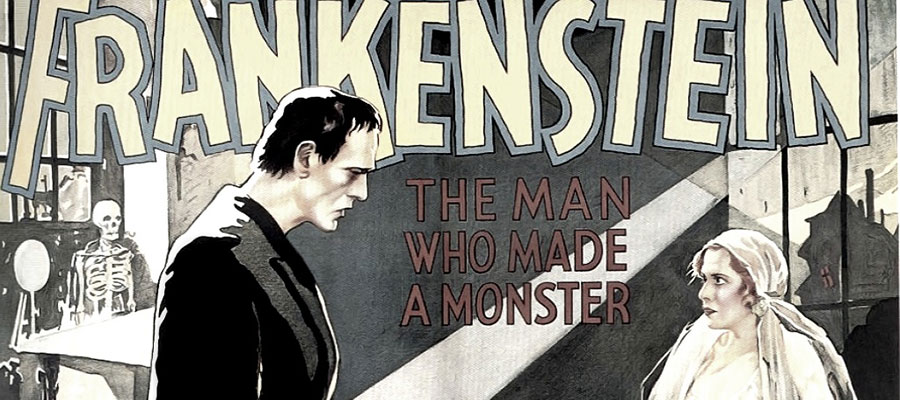
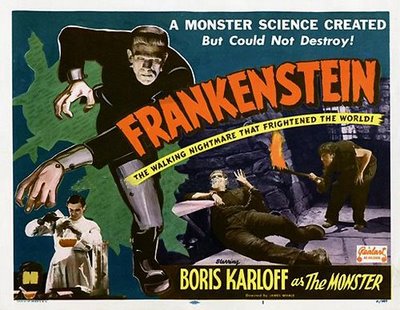
I cried at the end of Frankenstein (the 1931 Universal Pictures version, of course). I was probably five at the time, but even then I knew that there was something horribly unjust going on. The monster was a monster on the outside only and didn’t deserve to die.
That feeling never went away, though I came to understand what it was. As I got older, and read Mary Shelley’s novel, it struck me just how evil Dr. Frankenstein is. Much has been made of Frankenstein as an allegory for science out of control and what happens when men try to play God. I think it’s a much older and more universal story than that. Frankenstein is a villain not because he transgressed the limits of science, but because he didn’t take responsibility for it afterwards:
“I had desired it with an ardour that far exceeded moderation; but now that I had finished, the beauty of the dream vanished, and breathless horror and disgust filled my heart.”
Why was he so disgusted? Because his creation wasn’t as pretty as he’d hoped it would be. Everything bad that happens in the novel happens because Frankenstein abandons his creation. If he’d just been a good father to his creation everything would have been fine. After his abandonment, the monster actually tries to do good. It’s the world’s perception of him as a monster that results in bad things happening. Mel Brooks totally understood this. In Young Frankenstein, Frederick realizes the way to fix the situation is to take responsibility for the situation, treat his creation with love, and to teach him how to behave respectably.
The backstory of The Protos, of course, has its origins in Frankenstein. The villain of the piece is the scientist, not for creating the Protos but for discarding them. The Protos themselves look frightening but are good at heart. The tagline “Monsters science created but could not love!” is a play on the tagline for the 1931 film version of Frankenstein, “A Monster Science Created but Could Not Destroy!” because like Frankenstein’s monster, the Protos deserve love, not destruction.
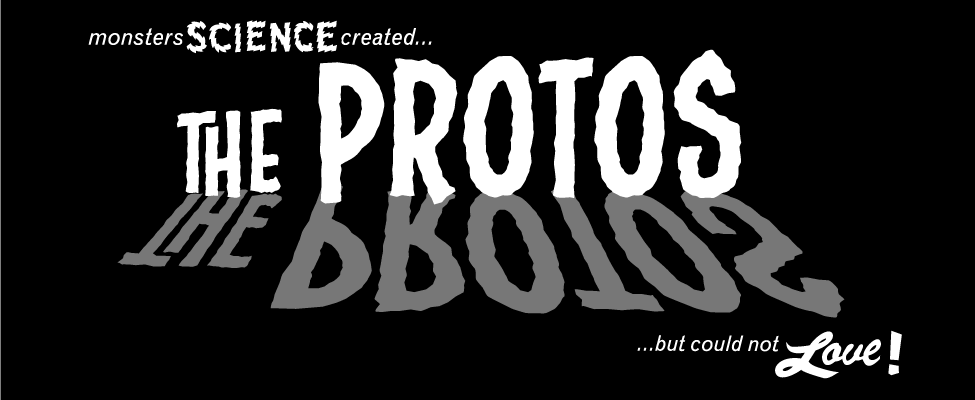
Created in a laboratory to be perfect life forms, the Protos were discarded when they failed to live up to their creator’s expectations. Now these flawed creations of an incompetent creator wander the Earth, looking for love, acceptance, a safe place to call home…

We created the Protos in contrast to the toys one typically finds in commercial vending machines: designed in the US, produced in sweat shops in China, technically perfect but completely disposable and utterly soulless. We intentionally started with little to no skill or prior knowledge of sculpting or casting. Our lack of ability is really obvious, but the flaws bring a humanity, humor and uniqueness to the figures that is completely lacking in commercial products.
As this project continues, the Protos will evolve. With each batch of new Protos, the scientist will get closer to his goals of creating better life forms. The new Protos will become more perfect but less human in the process. Meanwhile the original Protos will discover their true strengths and learn to work together to gain the happy lives they deserve. Is conflict inevitable!

UMaineToday published a really nice article about us a while back. It doesn’t appear to be available on their website anymore, however, so I’m reposting it here.
[issuu viewMode=singlePage width=420 height=272 backgroundColor=%23222222 documentId=120301194203-5d239a2dc6a44a7bb3c361b06f2bc9f7 name=callithump_pdf username=matt.leclair tag=art unit=px id=99340cb7-b166-1d37-e3b6-fe6f7b0630b5 v=2]

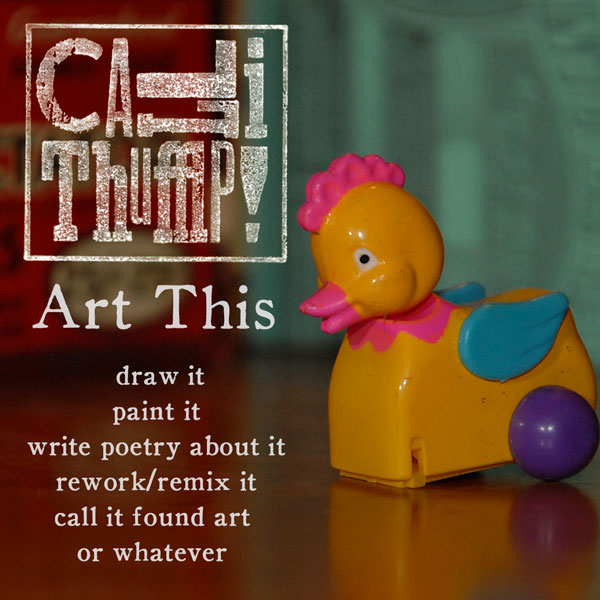
Art This is an invitation. Intended for those times when you’re feeling creatively stuck, each capsule contains an object and a phrase. These are your creative prompts. Will you react in a classical manner, using the object as the subject of a still life drawing or painting? Maybe mixed media is more to your liking and you’ll incorporate the object into a larger piece. Perhaps you’ll write a poem about it. Or maybe the object is already art, a Duchampian readymade, only needing to be put on display. It’s your choice.
Art This just finished a run at the Gannett Gallery in Augusta and will soon be featured at the Harlow Gallery in Hallowell.
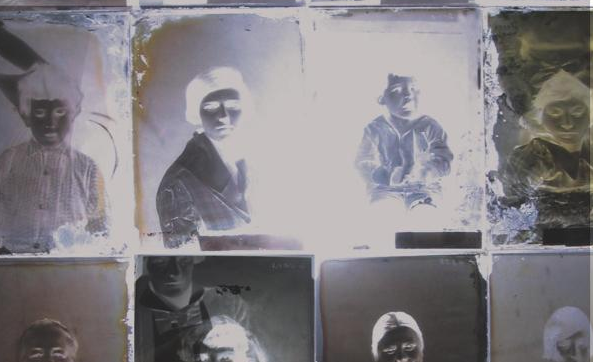
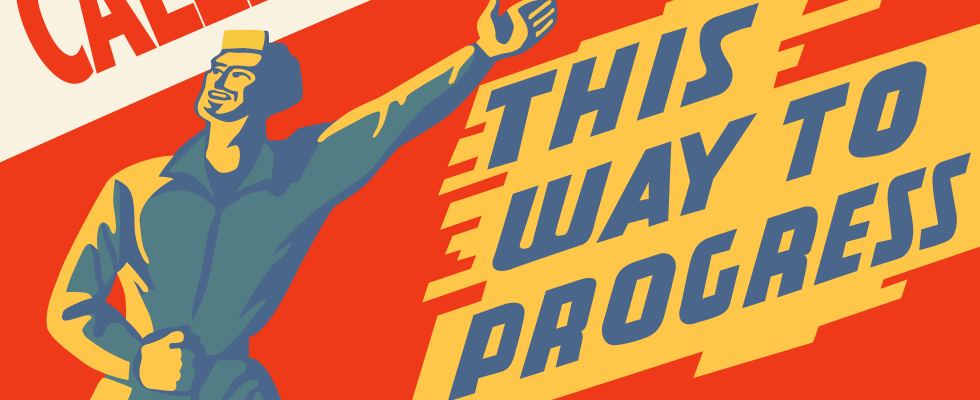
From the very start, one of our missions was to provide new ways for promoting and interacting with the arts. Now we want to take that further. It’s time to take this show on the road and we don’t want to travel alone.
Currently we have three 2″ capsule vending machines. These will be deployed in three different locations. The contents of each machine will be an encapsulated gallery show, featuring the work of a single artist, group or theme. The galleries will rotate from location to location, changing every month. We’ll add a new exhibit every month and retire it after it has shown in all locations.
Participating artists will either keep the proceeds or donate them to the cause of their choice.
One of the primary reasons for doing this is to promote cultural exchange. Participating in the Augusta show really drove home to us the fact that there are really exciting creative communities out there who have no knowledge of each other. We drive past the Augusta exits on I-95 dozens of times a year, never realizing that there is a community of artists doing great things there. We hope that by having these touring capsule galleries we can start making connections between the communities.
Of course, this project will be a more successful with more people involved! So we’re seeking Sponsors and Collaborators.
Sponsorship is easy. We’d love to add more stops to the tour, and for that we’ll need more vending machines. The sponsor’s role would be to purchase a machine and capsules for a location close to them. This represents a $100-$200 investment. We’ll tell you what to look for and how to get the best deals on machines & capsules.
Collaboration is a little more work. Collaborators will be showing their work in the machines. They’ll be creating the materials and the signage. Even though collaborators keep the proceeds, this is not a money making venture by any means. At best, we hope to cover materials costs. It’s OK though, because we’re on a mission. With every purchase we’re providing a new way to experience creative work. We’re looking for collaborators who share this view and who understand the fun of selling things out of capsules! We’re calling it collaboration, but the machine you’re in is all about you. We won’t be plastering the Callithump! logo all over it (unless you want us to), so all the attention will go to the artist. We will, however, share our knowledge of making tiny artist’s multiples, and any other information, enthusiasm and support we can provide.
Hosting. We also need locations for these machines to reside. If you have a gallery, creative concern, coffee shop or other venue where these could find a home, let us know! We’re asking you to volunteer your space and not take a cut.
There’s no reason why sponsors, collaborators and hosts can’t all be one-in-the-same. We’re open to ideas! Please contact us by leaving a comment below.
UPDATE: We’re presenting this as an open-ended question. We think it’s a great idea but we haven’t worked out all the details yet, which is how it should be. The primary goal is to increase awareness and facilitate communication amongst the various creative communities in Maine. It wouldn’t be much of a collaboration if we just told everyone what to do! So let’s all figure out how to make this work!

Bringing together artists from the UMA and UMO communities,the Augusta ArtWalk will include a group exhibition of artwork by current students and recent graduates of the four-year-old University of Maine Intermedia Master of Fine Arts (IMFA) Program.
The exhibition, titled Juxtapositions and hosted by the UMA Department of Art, runs from January 30 – February 17, with gallery hours from noon-3pm, Monday – Friday. For more information about the Juxtapositions exhibition and the individual artists participating in it, see http://juxtapositions2012.
The three-year MFA degree in Intermedia at the University of Maine provides graduate students with the opportunity to engage in innovative, artistic and theoretical work in a flexible program that encourages individual creative development within an
interdisciplinary context. For more information about the University of Maine Intermedia MFA Program, see http://www.intermediamfa.org/
Who: University of Maine Intermedia MFA Program
What: Juxtapositions reception in conjunction with the Augusta ArtWalk
When: Thursday, February 16, 4-8pm
Where: Gannett Building Gallery, 331 Water Street, Augusta, ME
Bad Behavior has blocked 41 access attempts in the last 7 days.